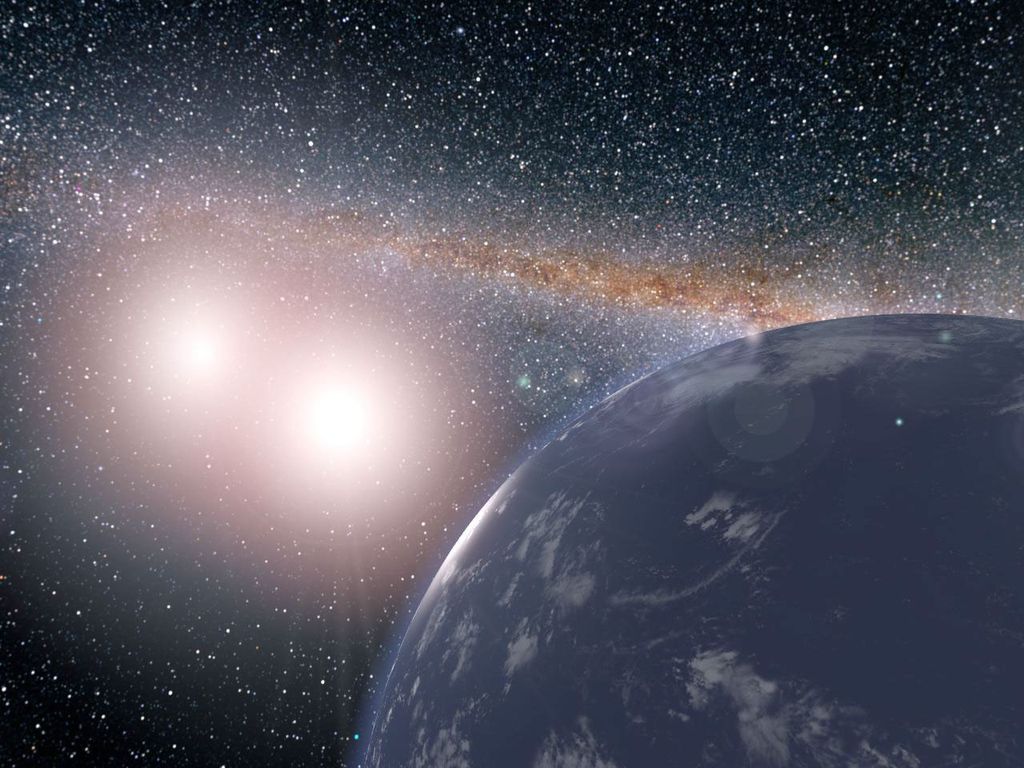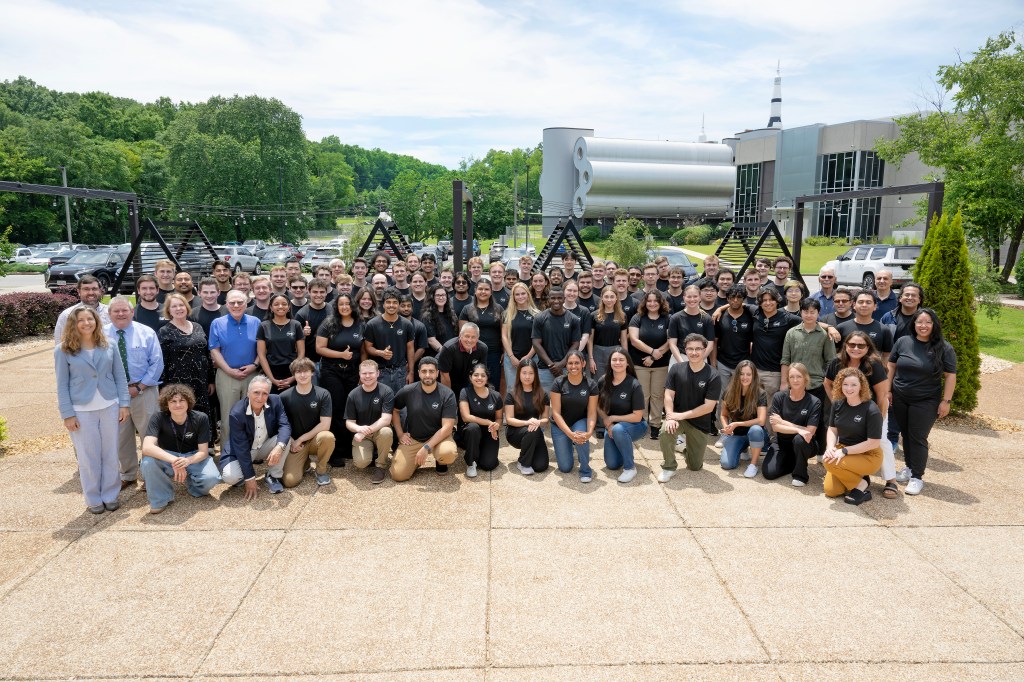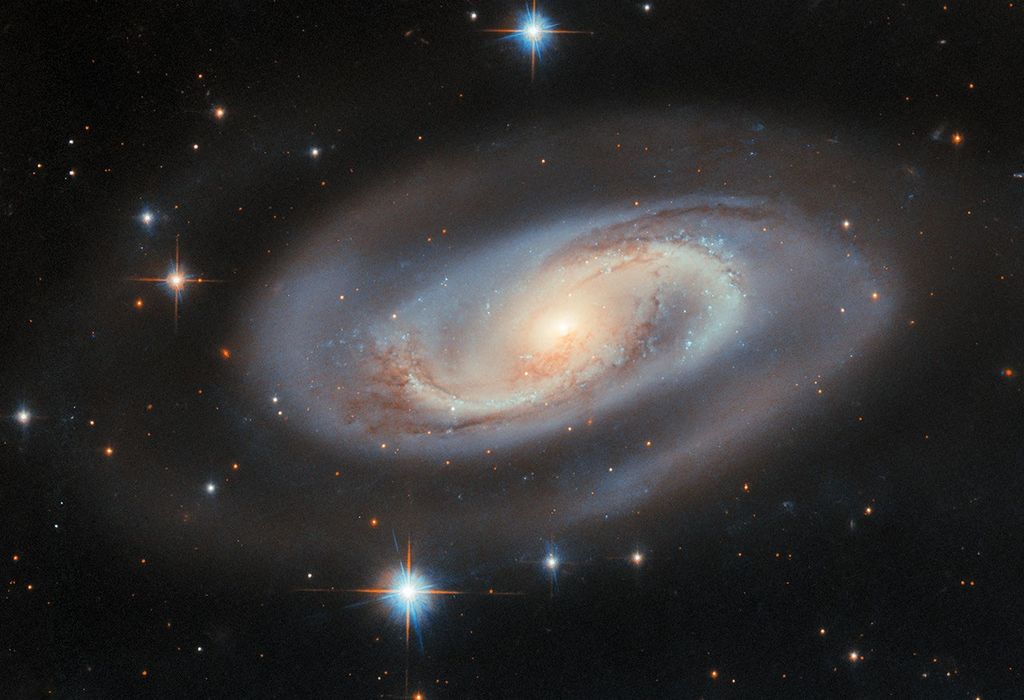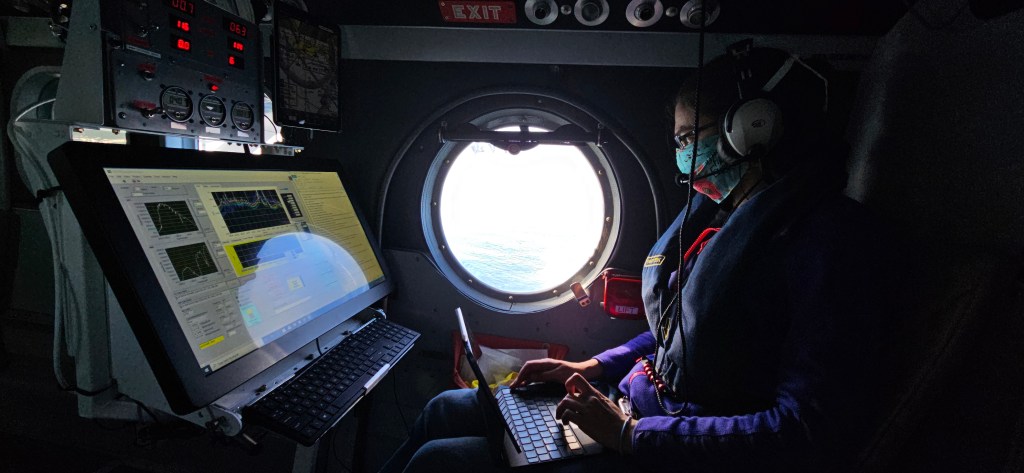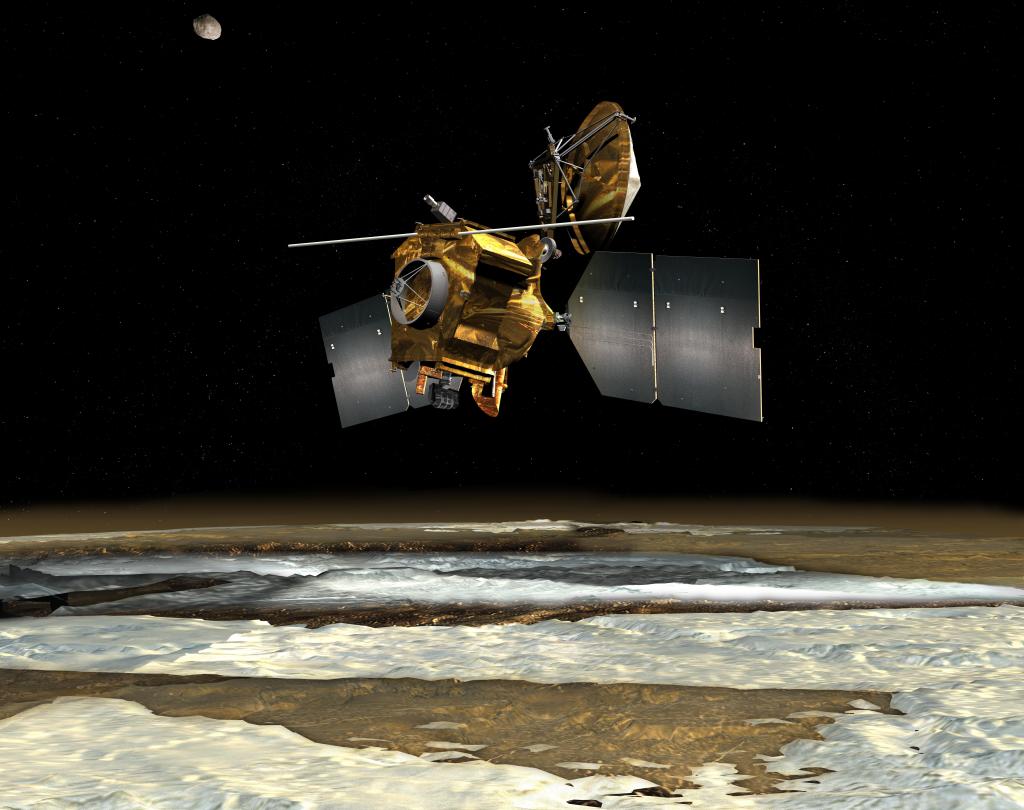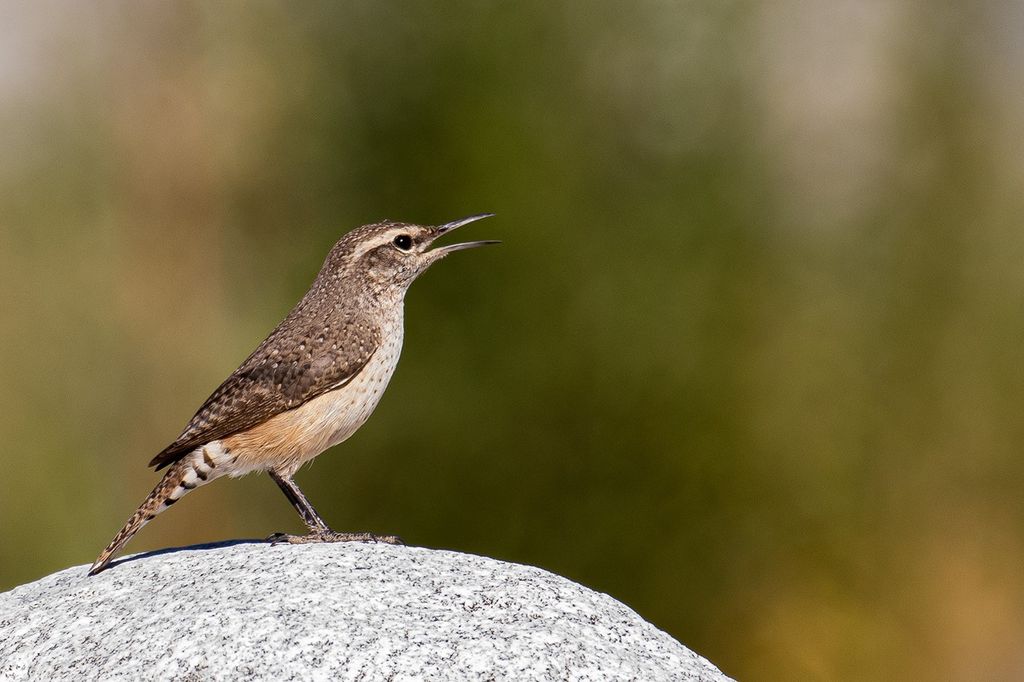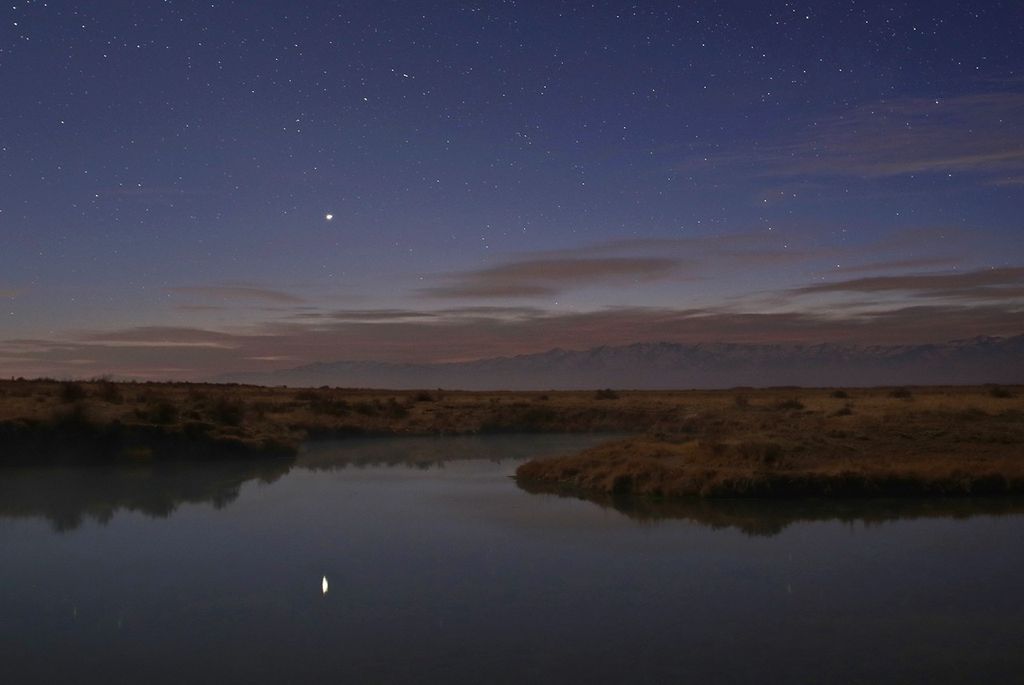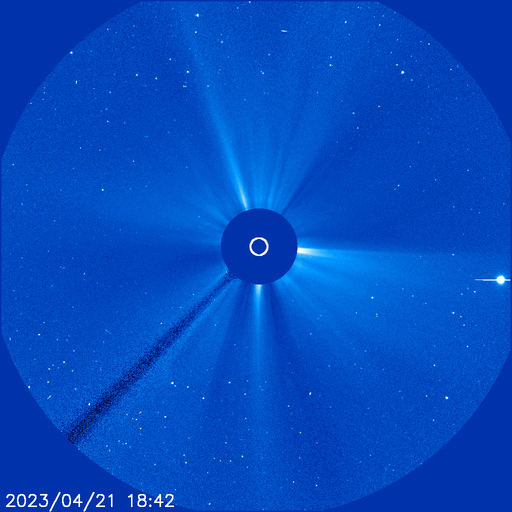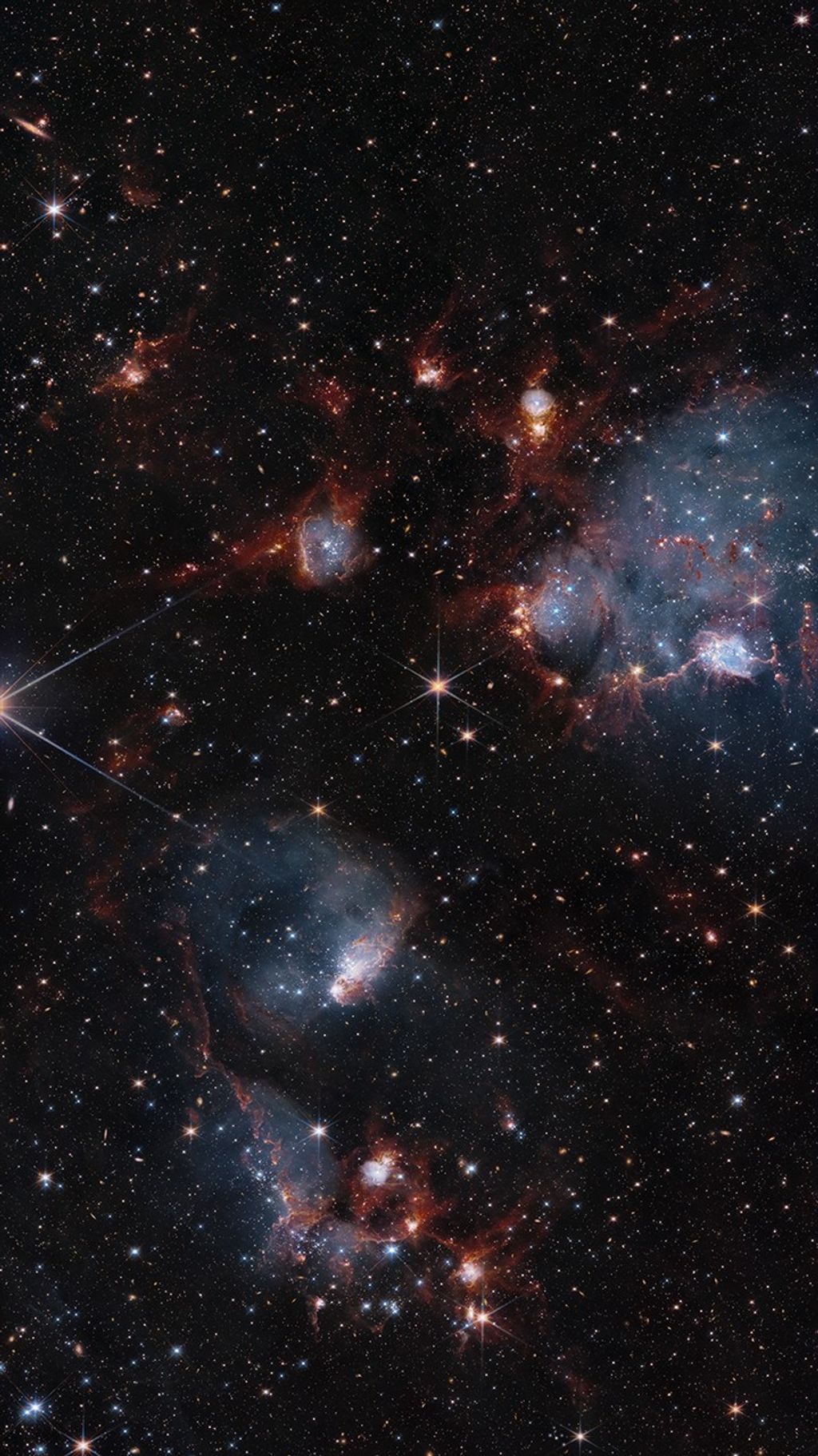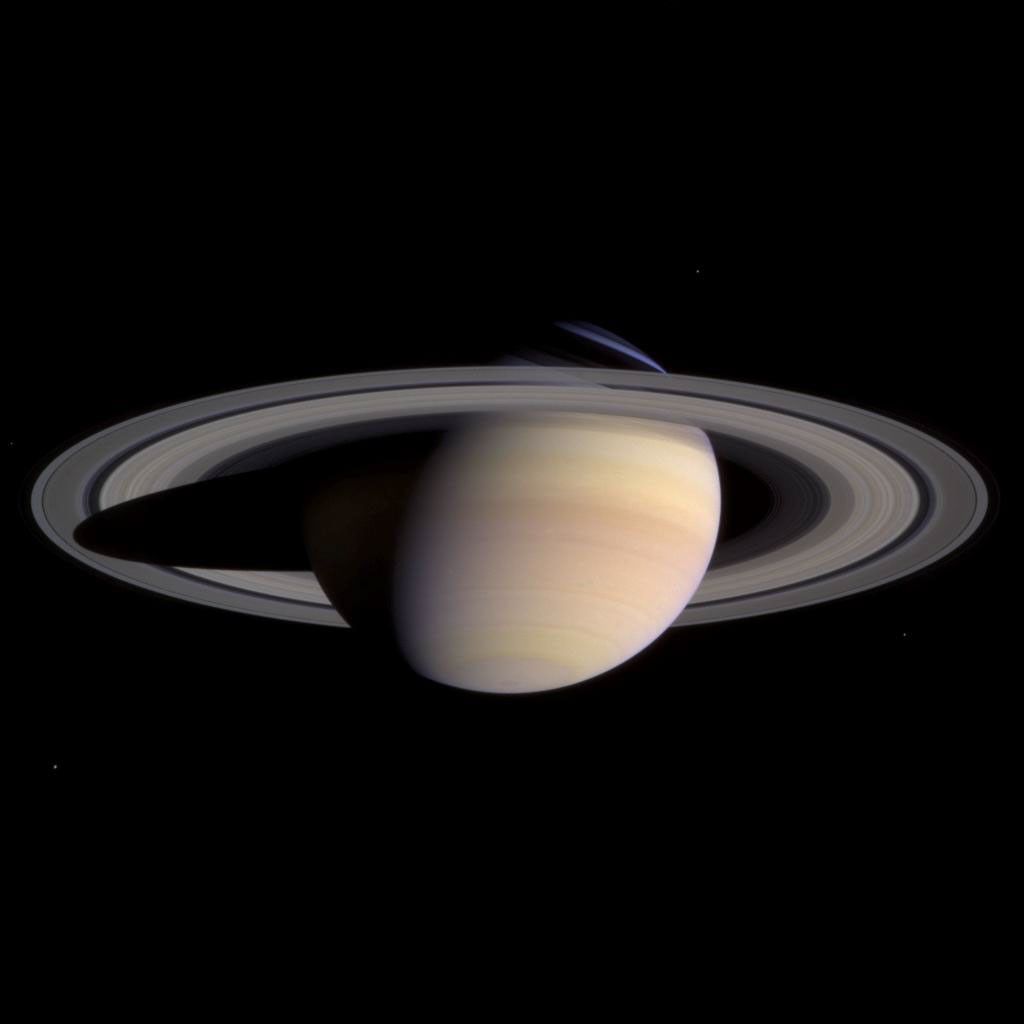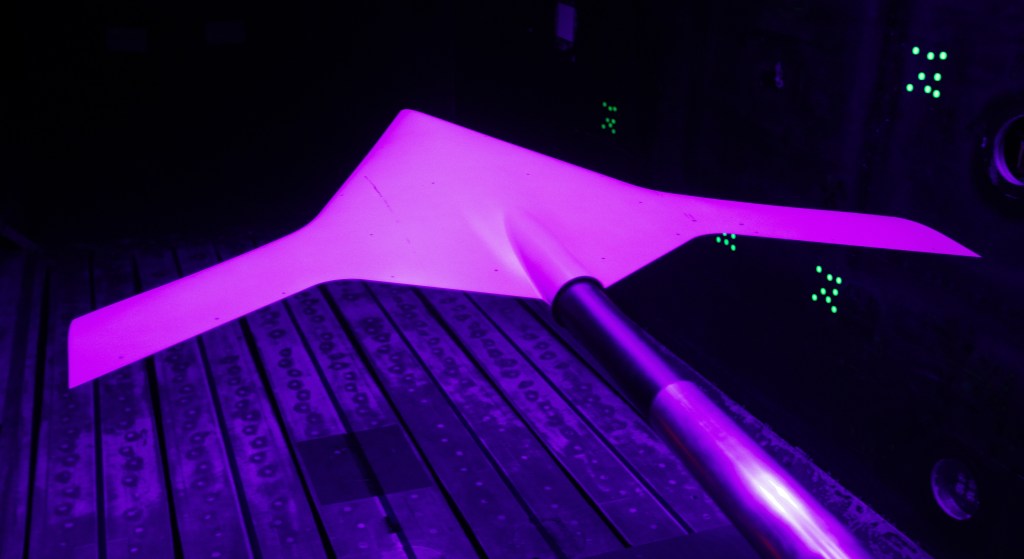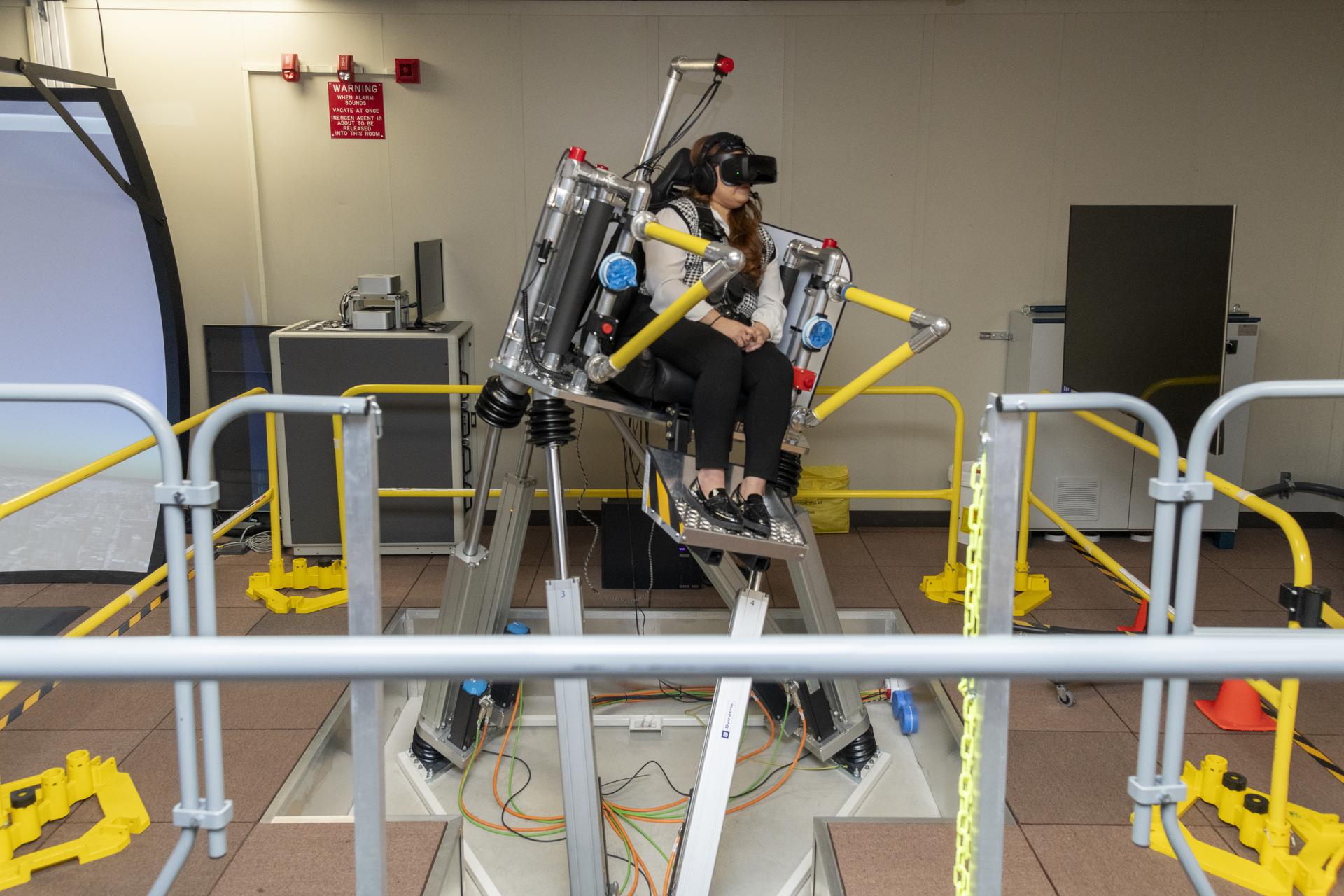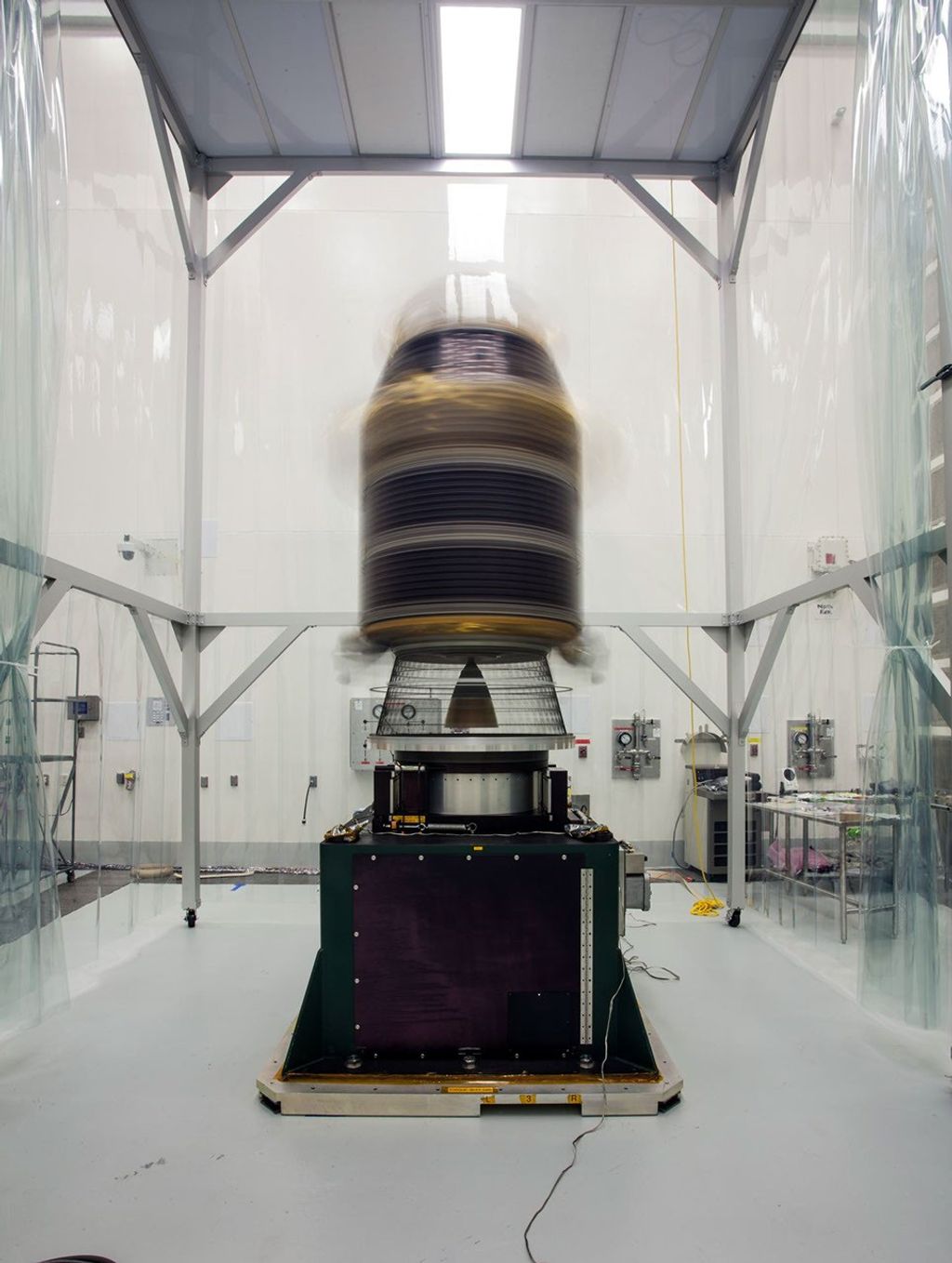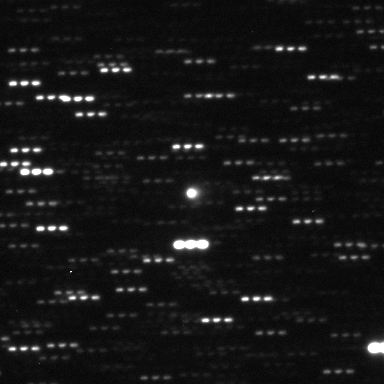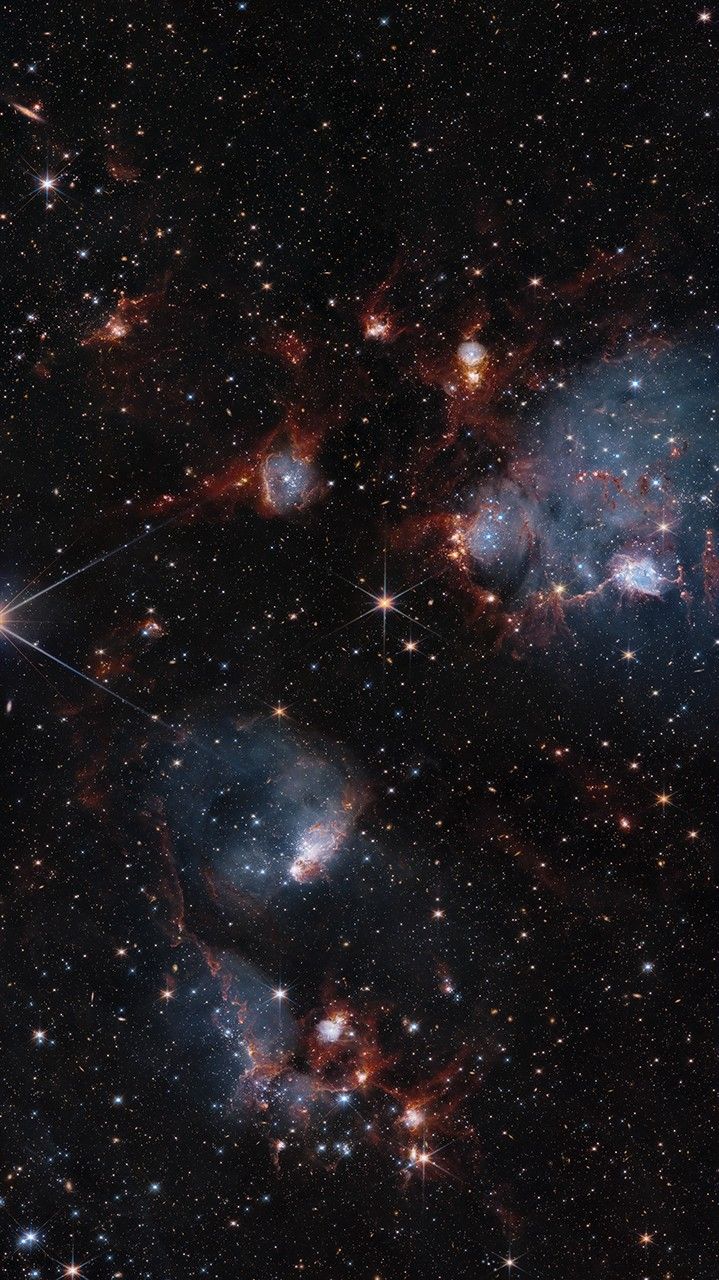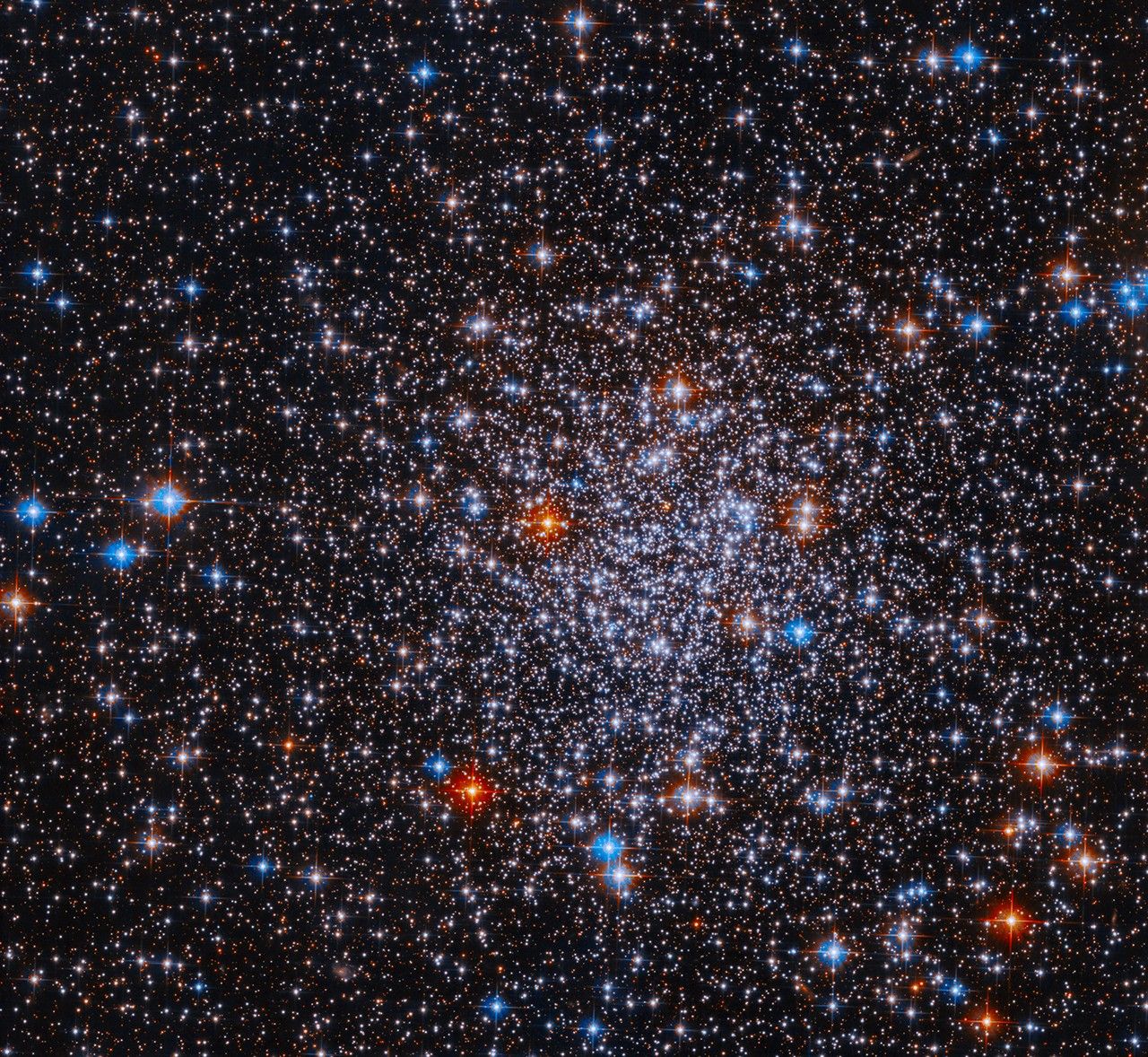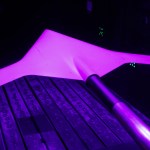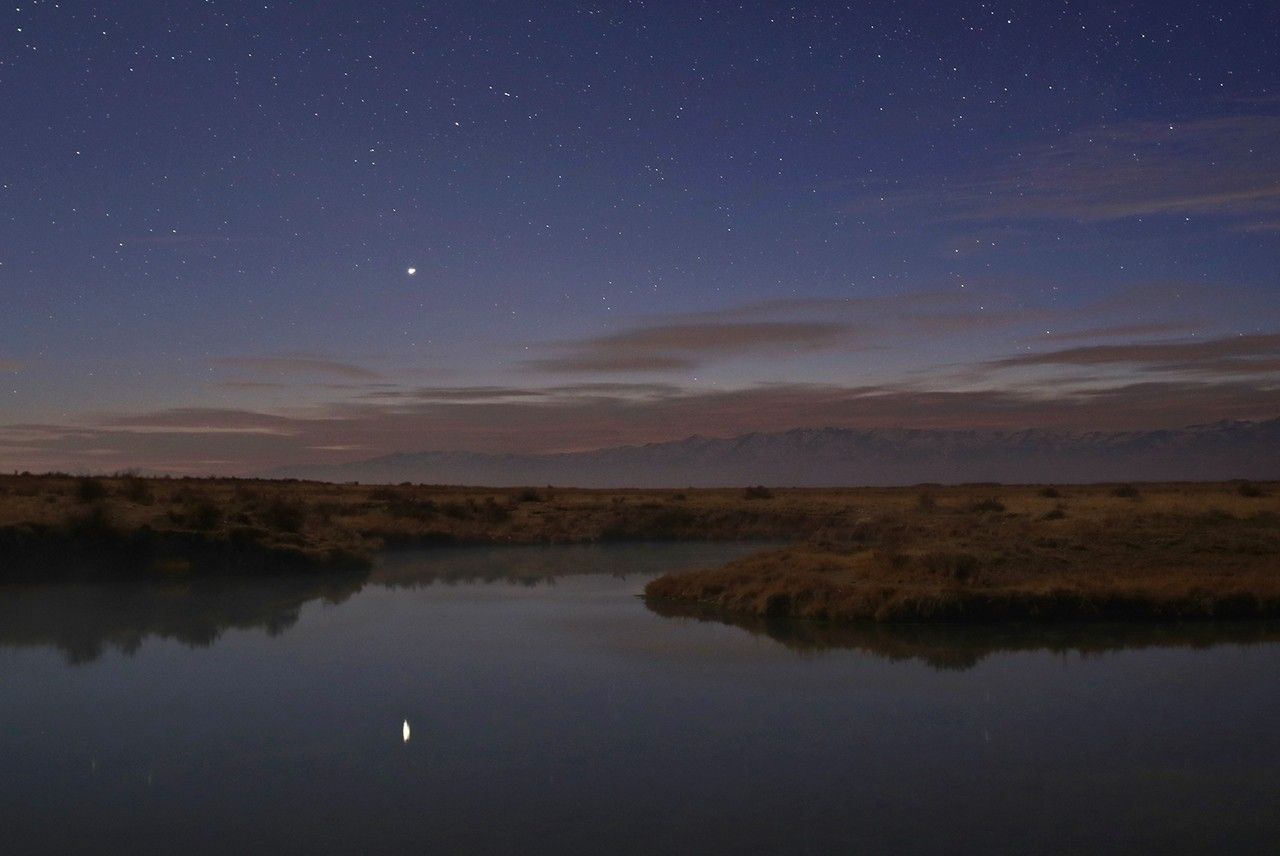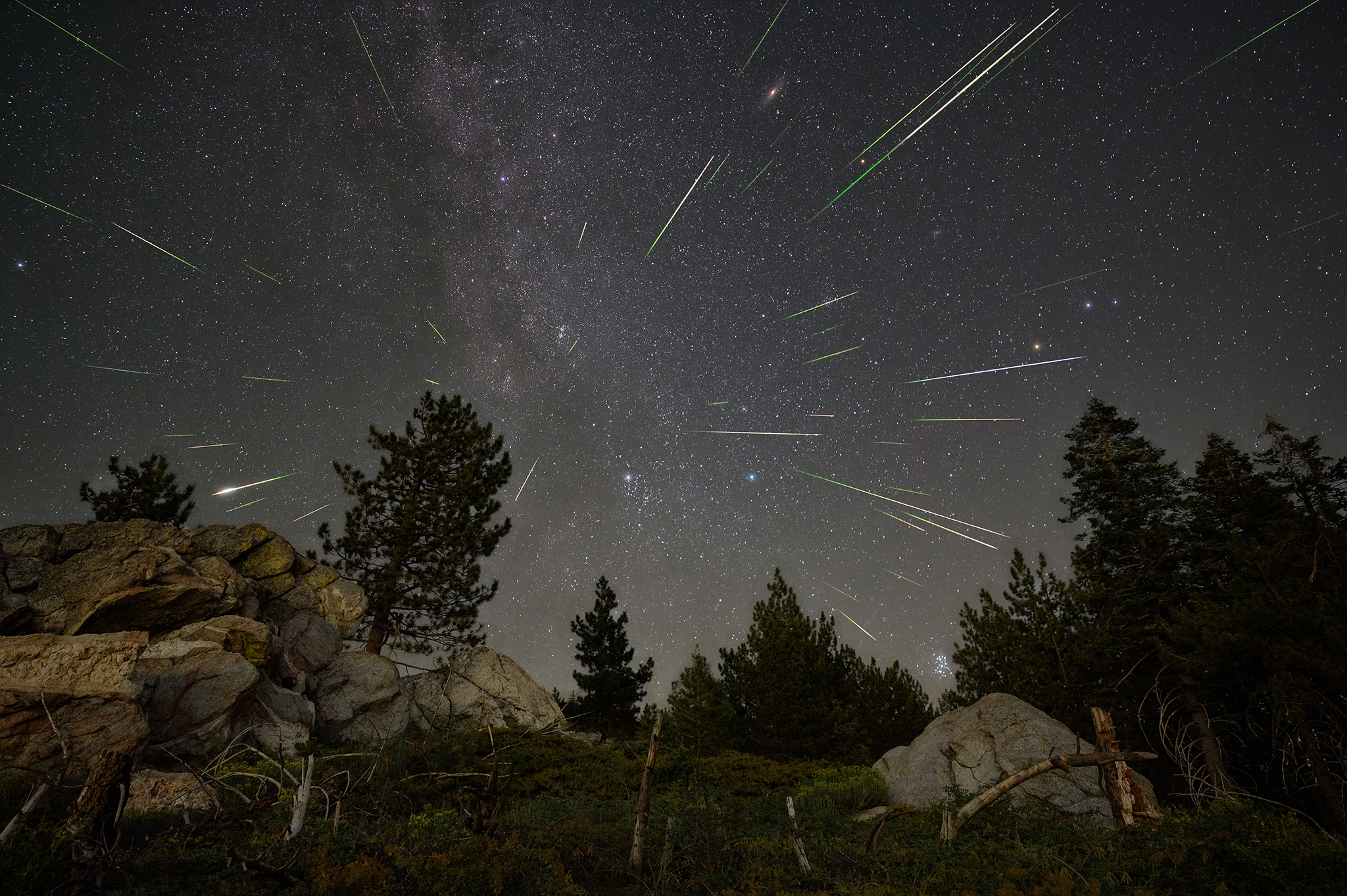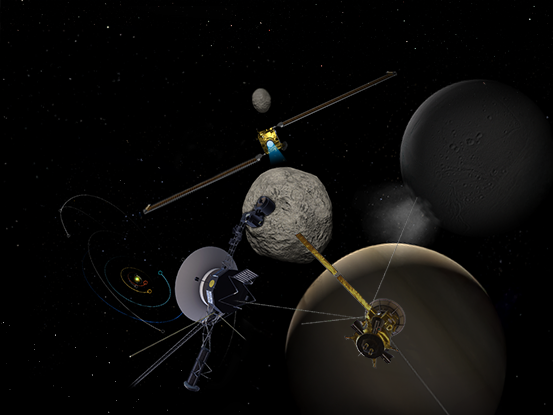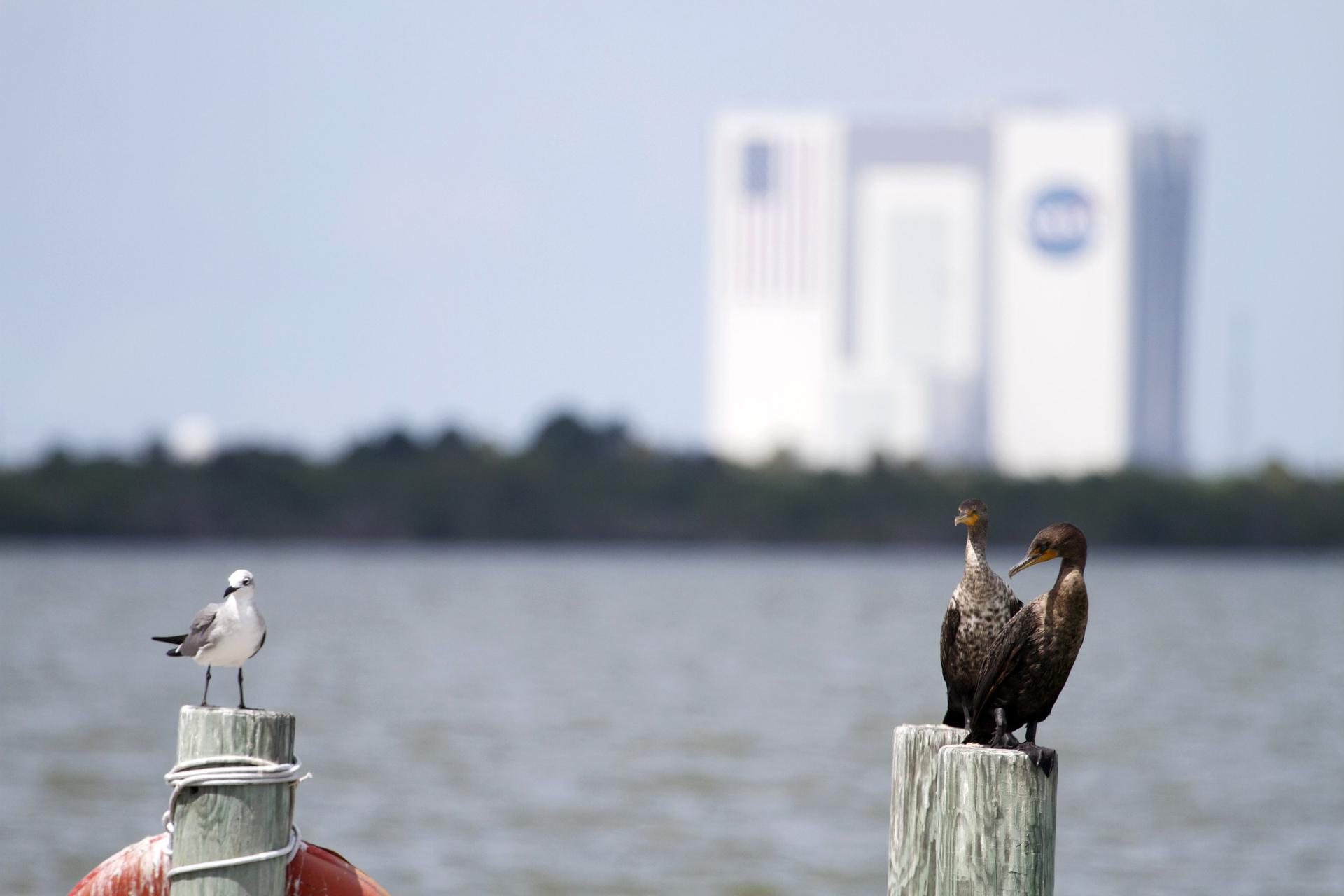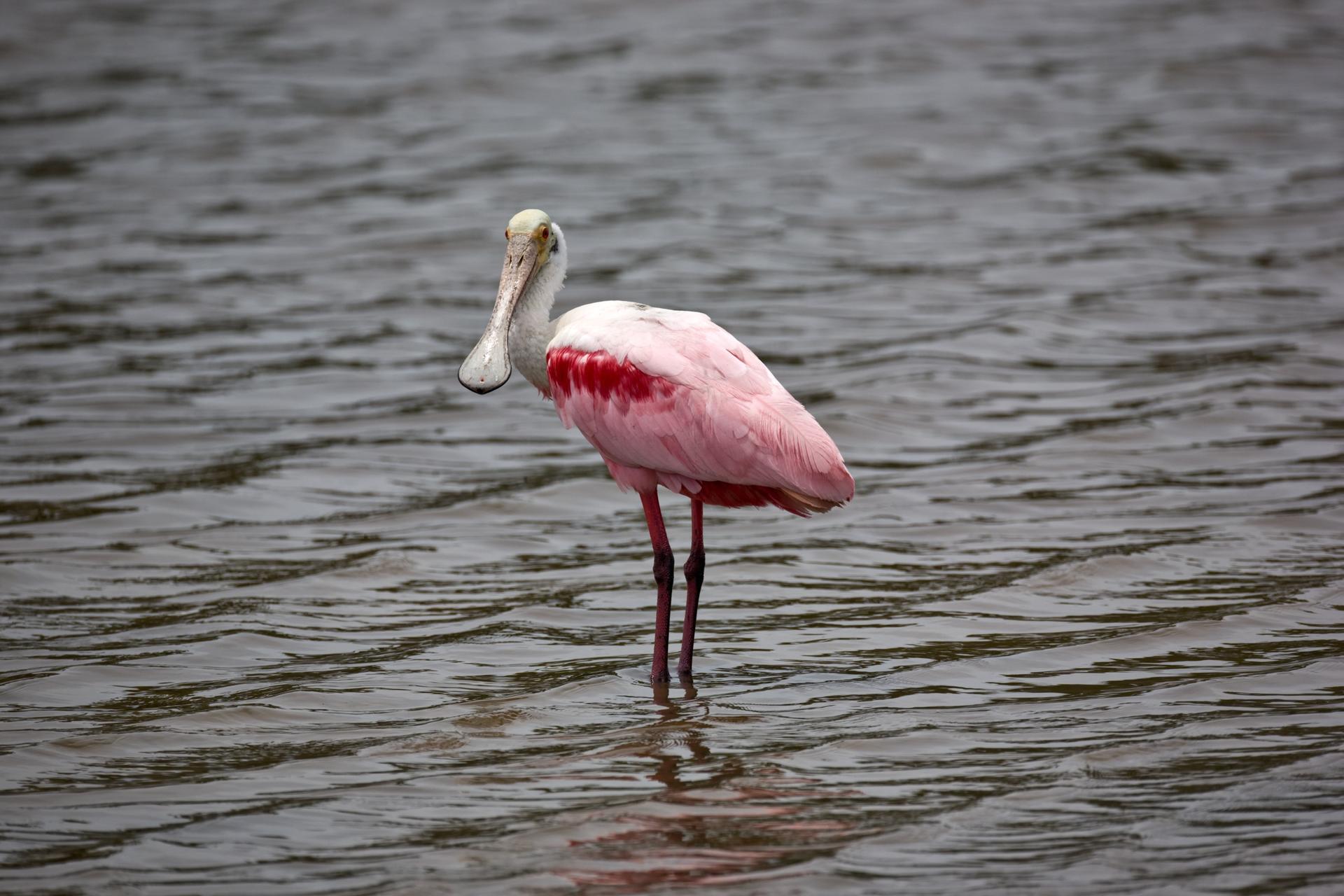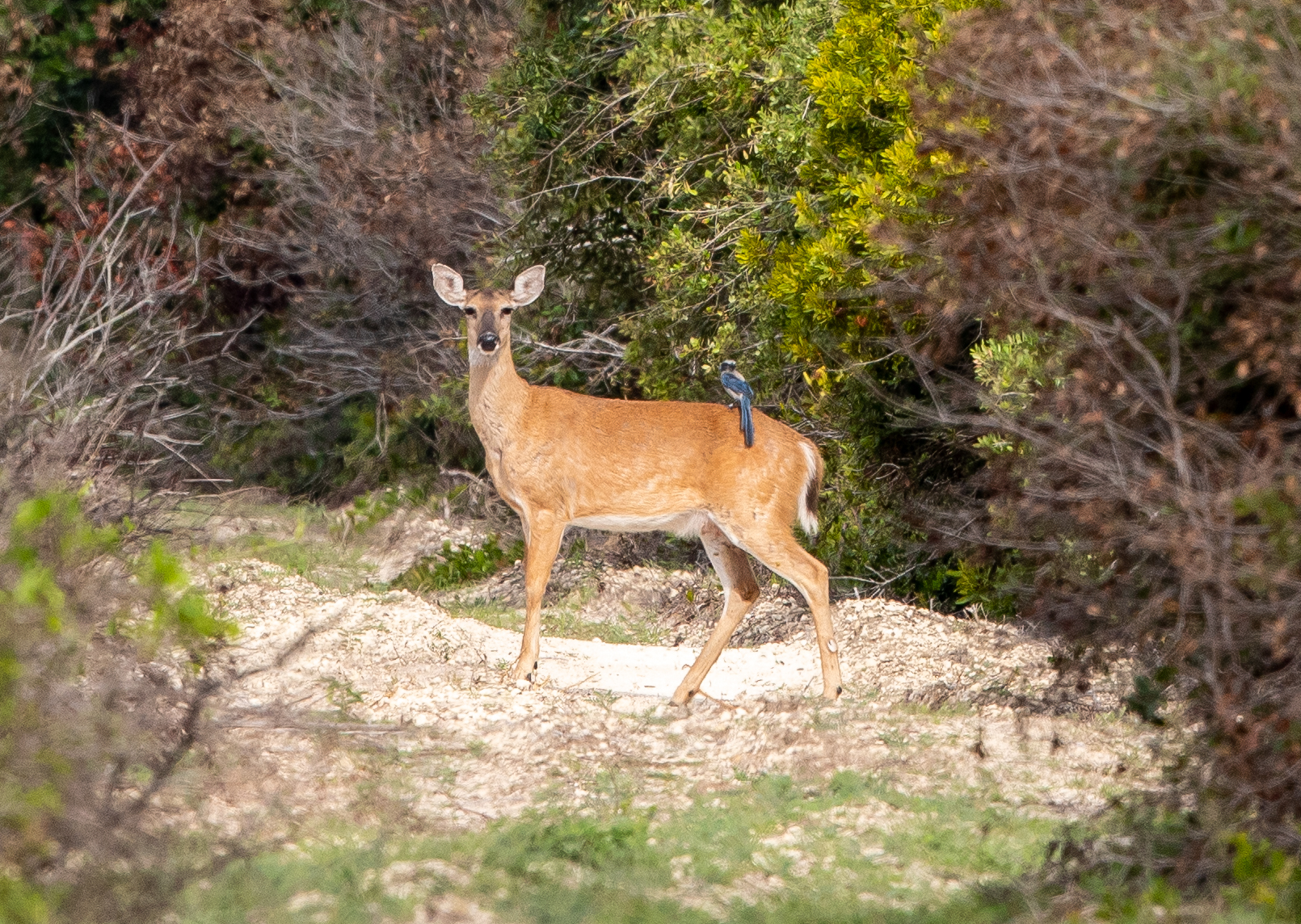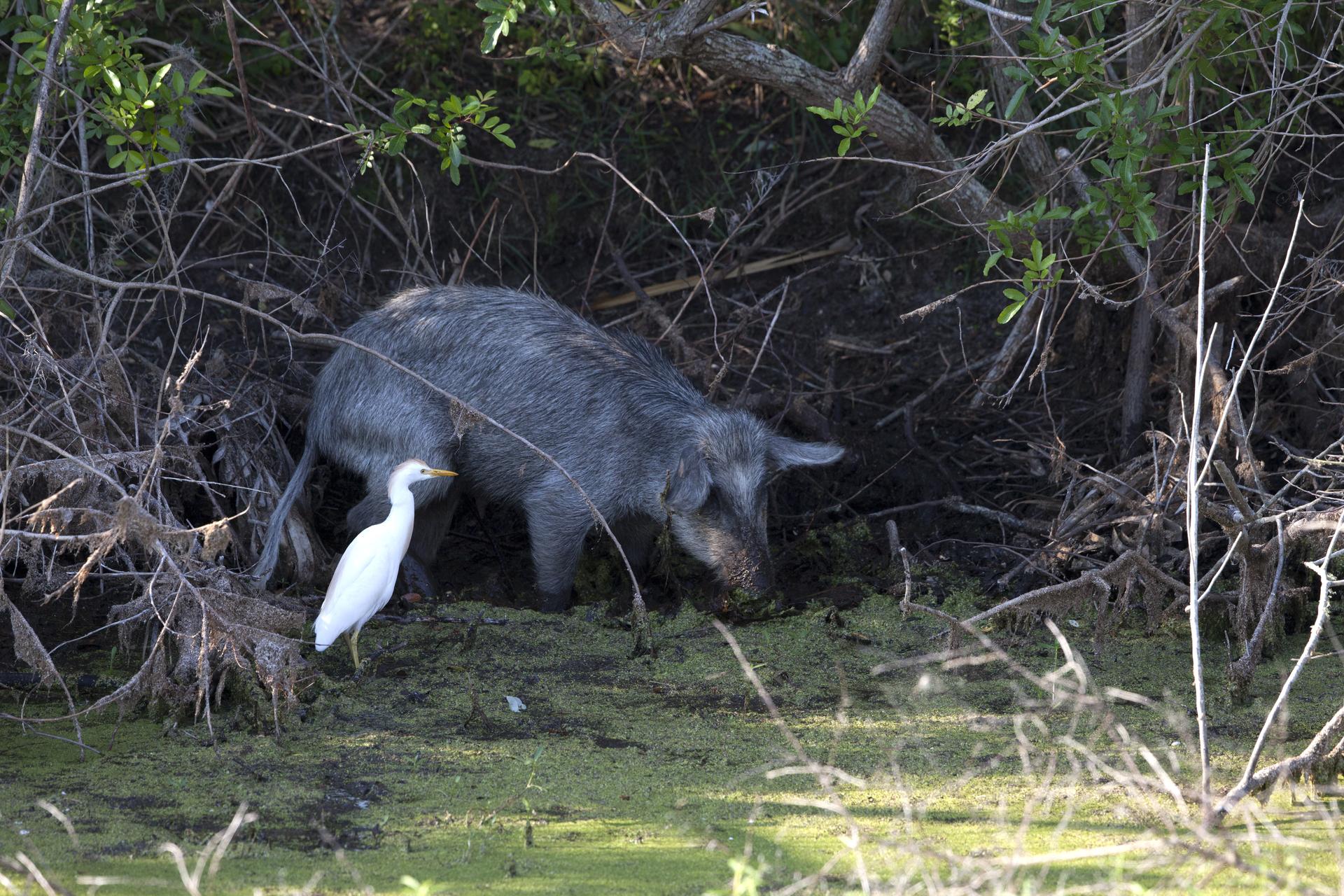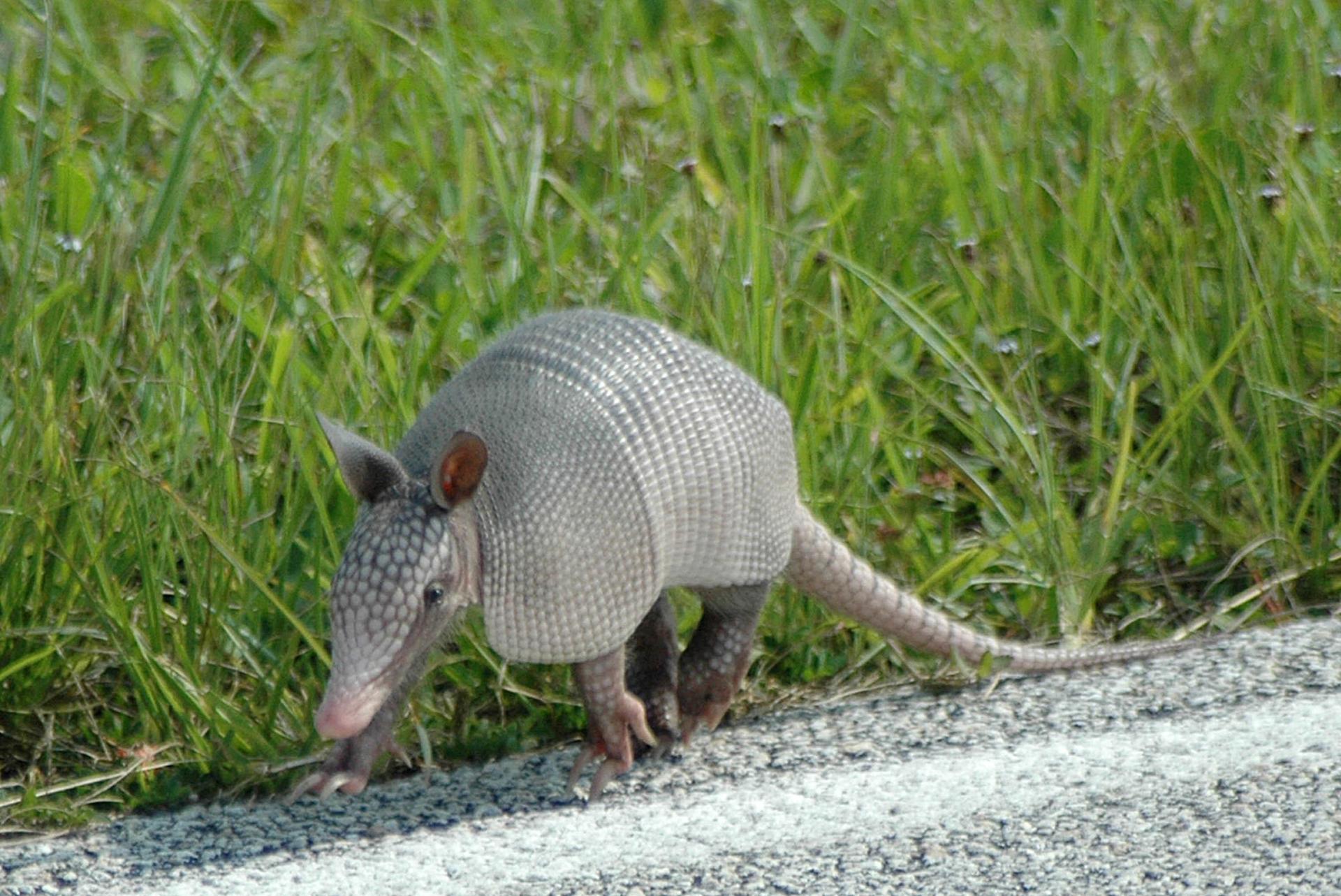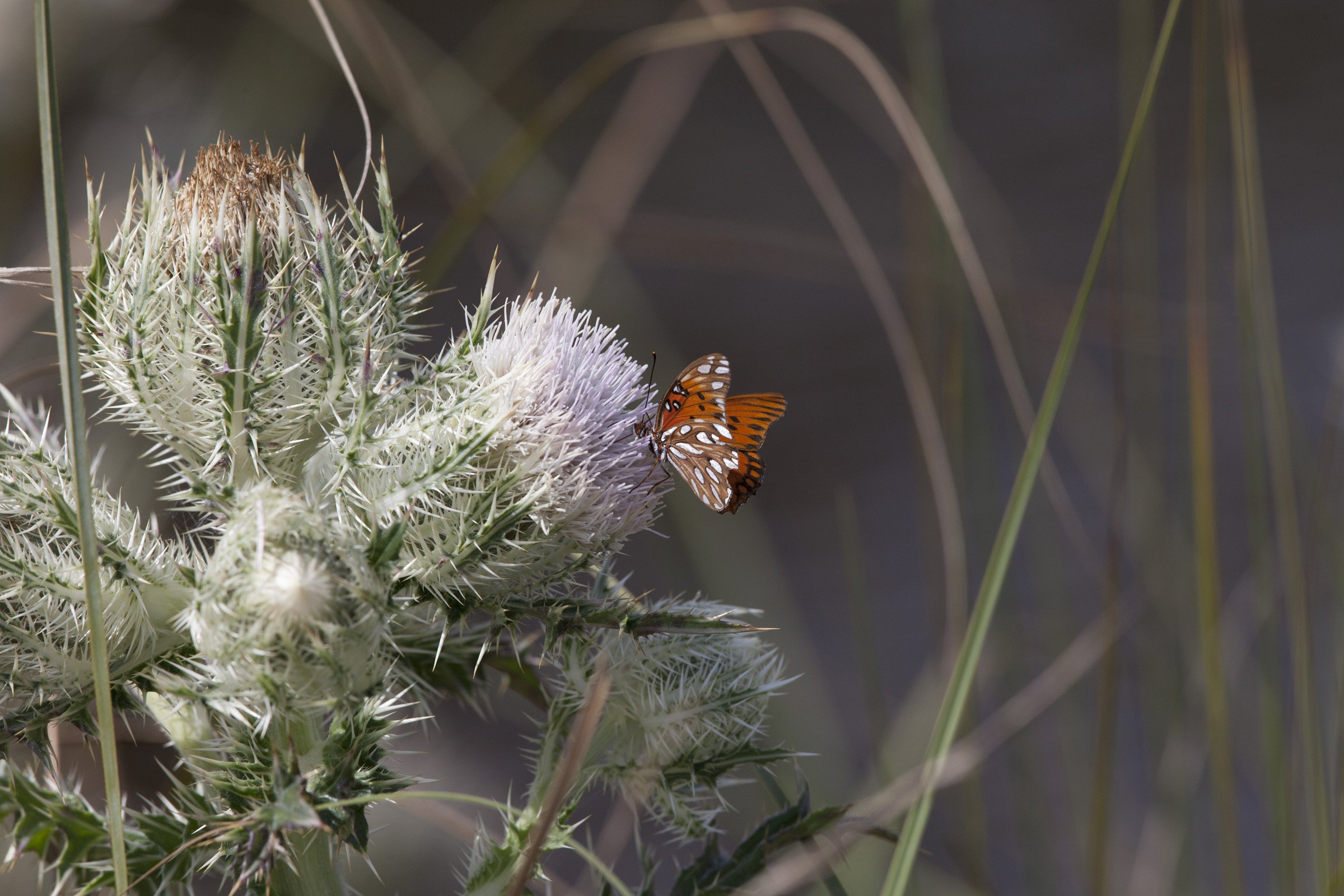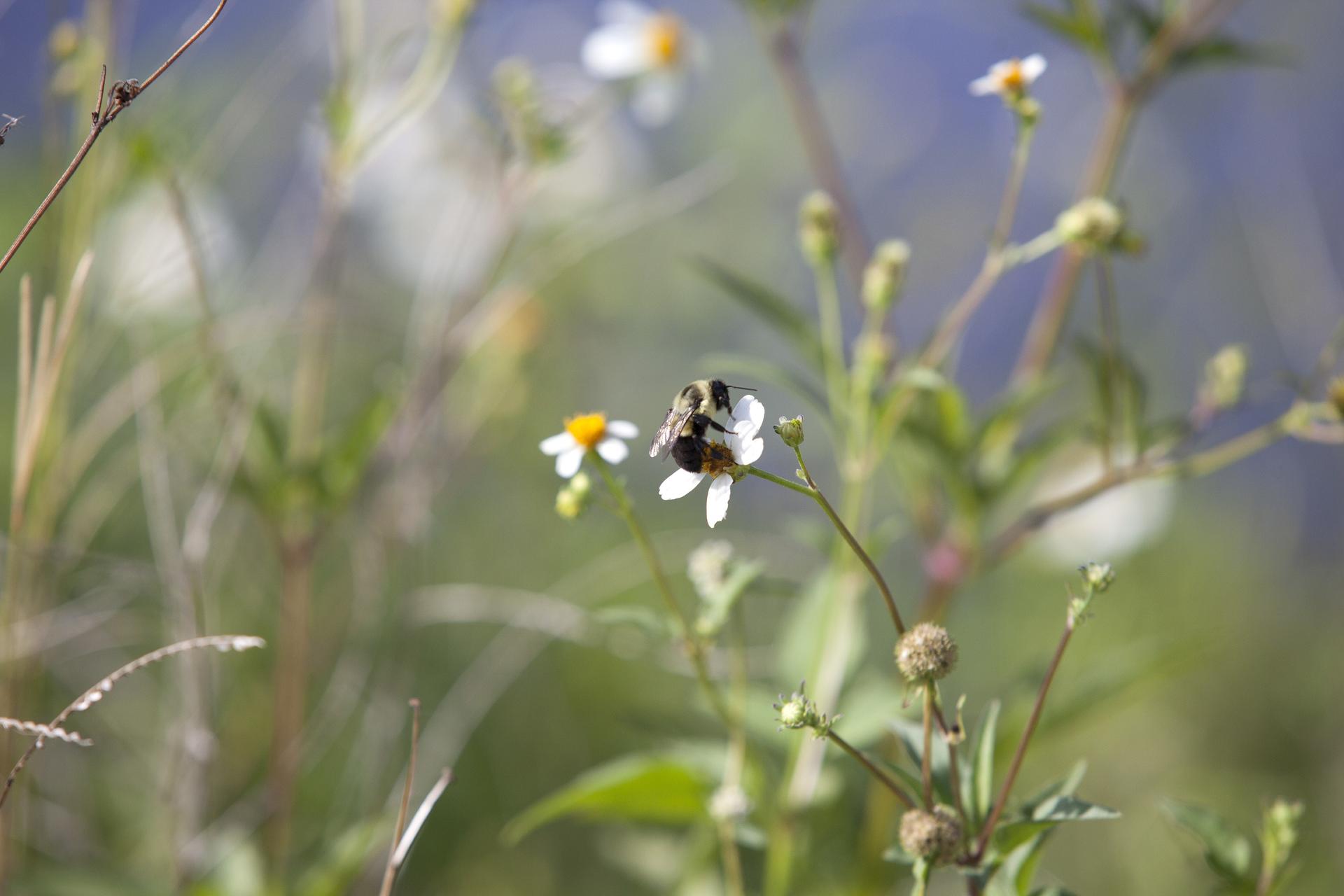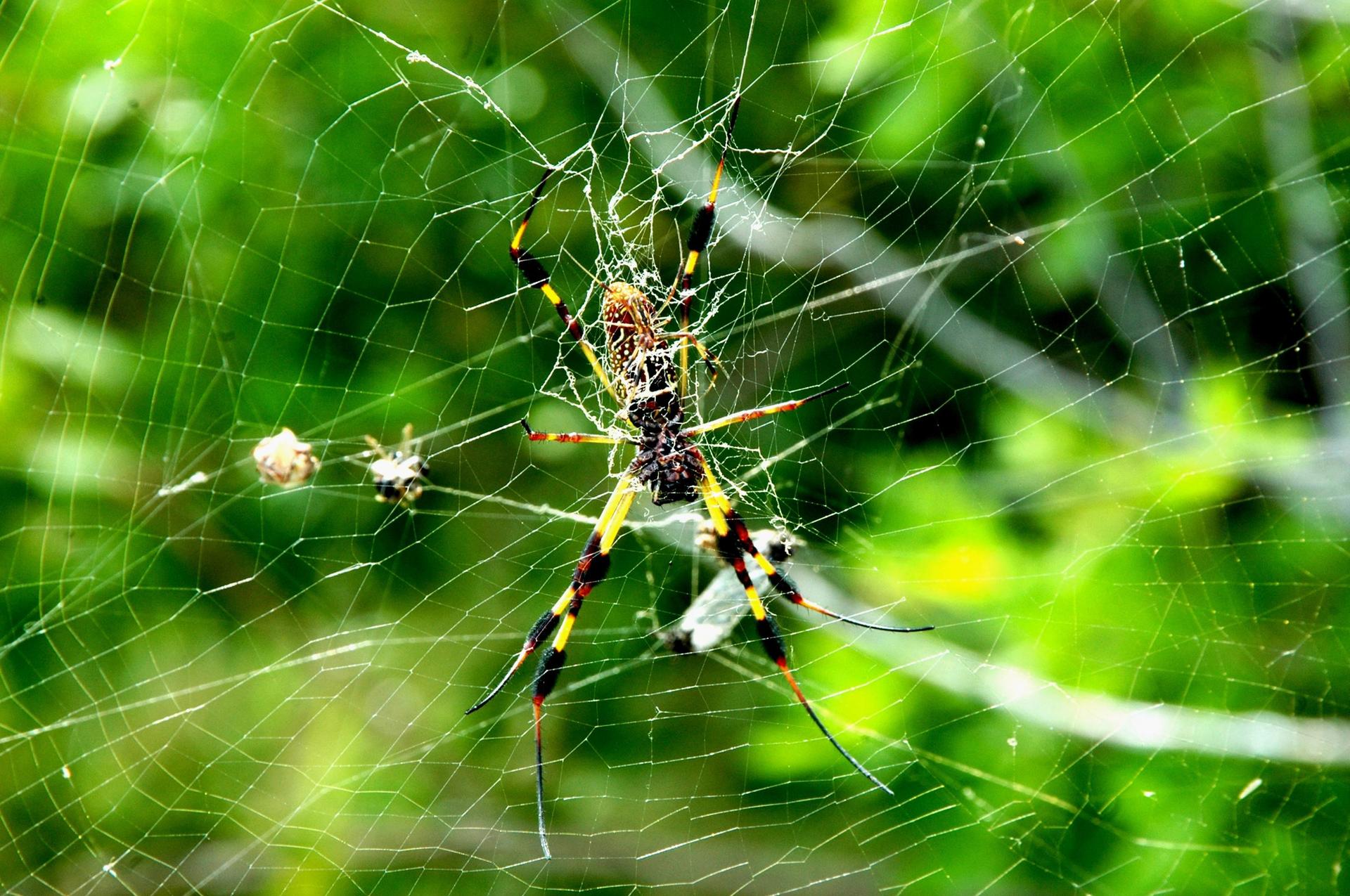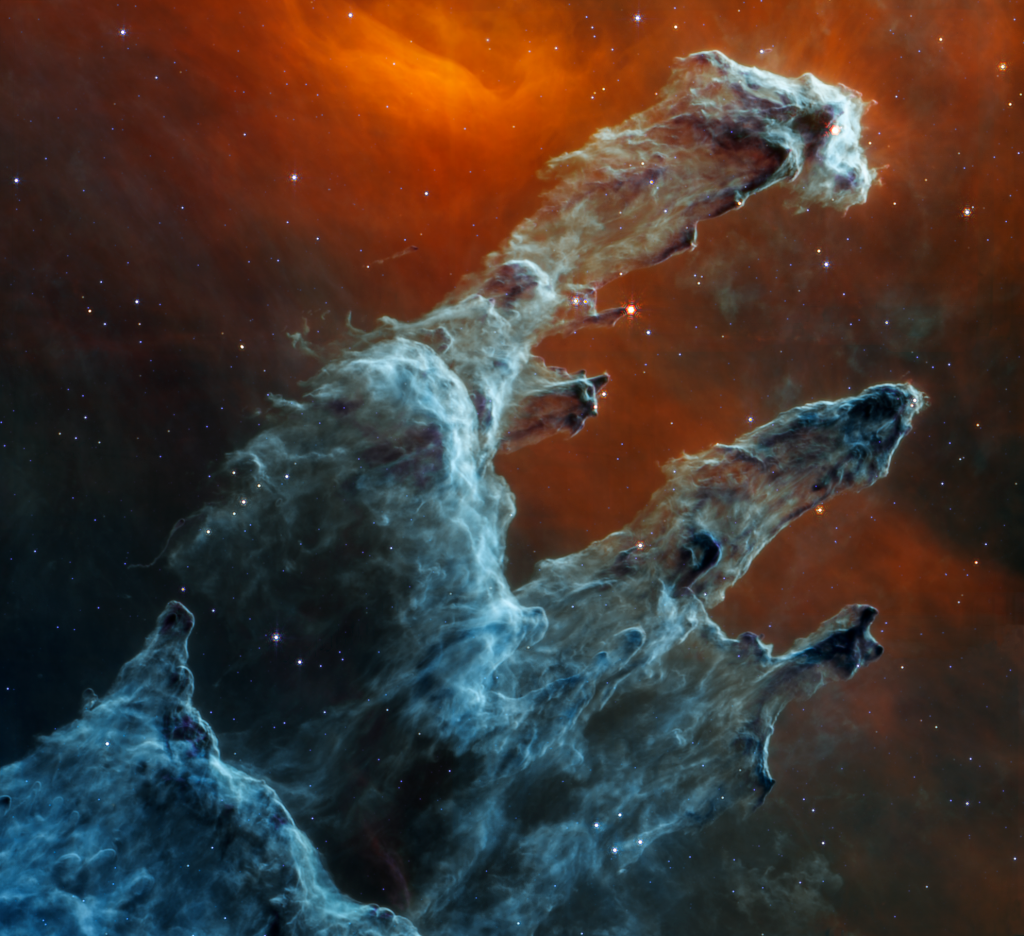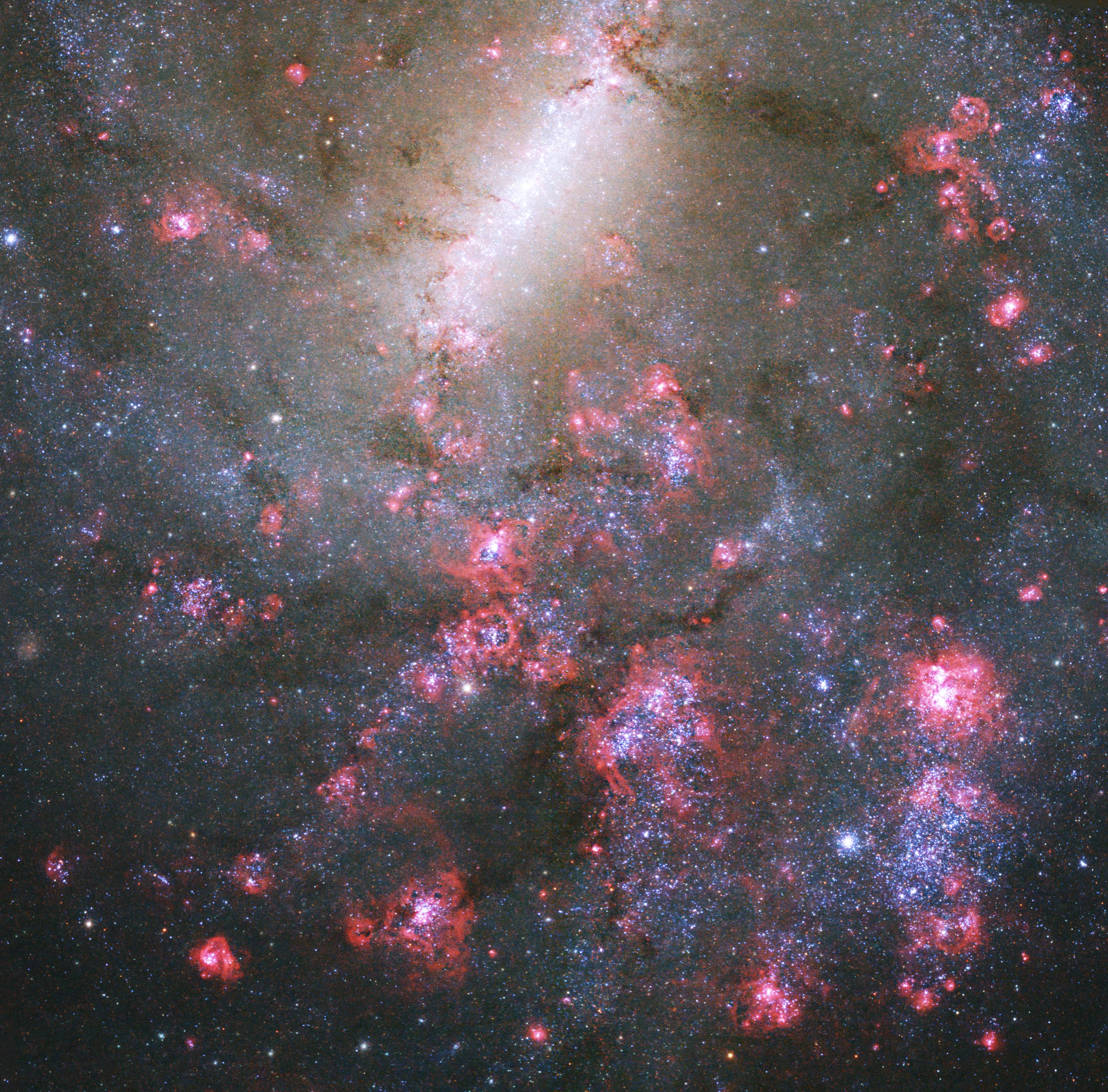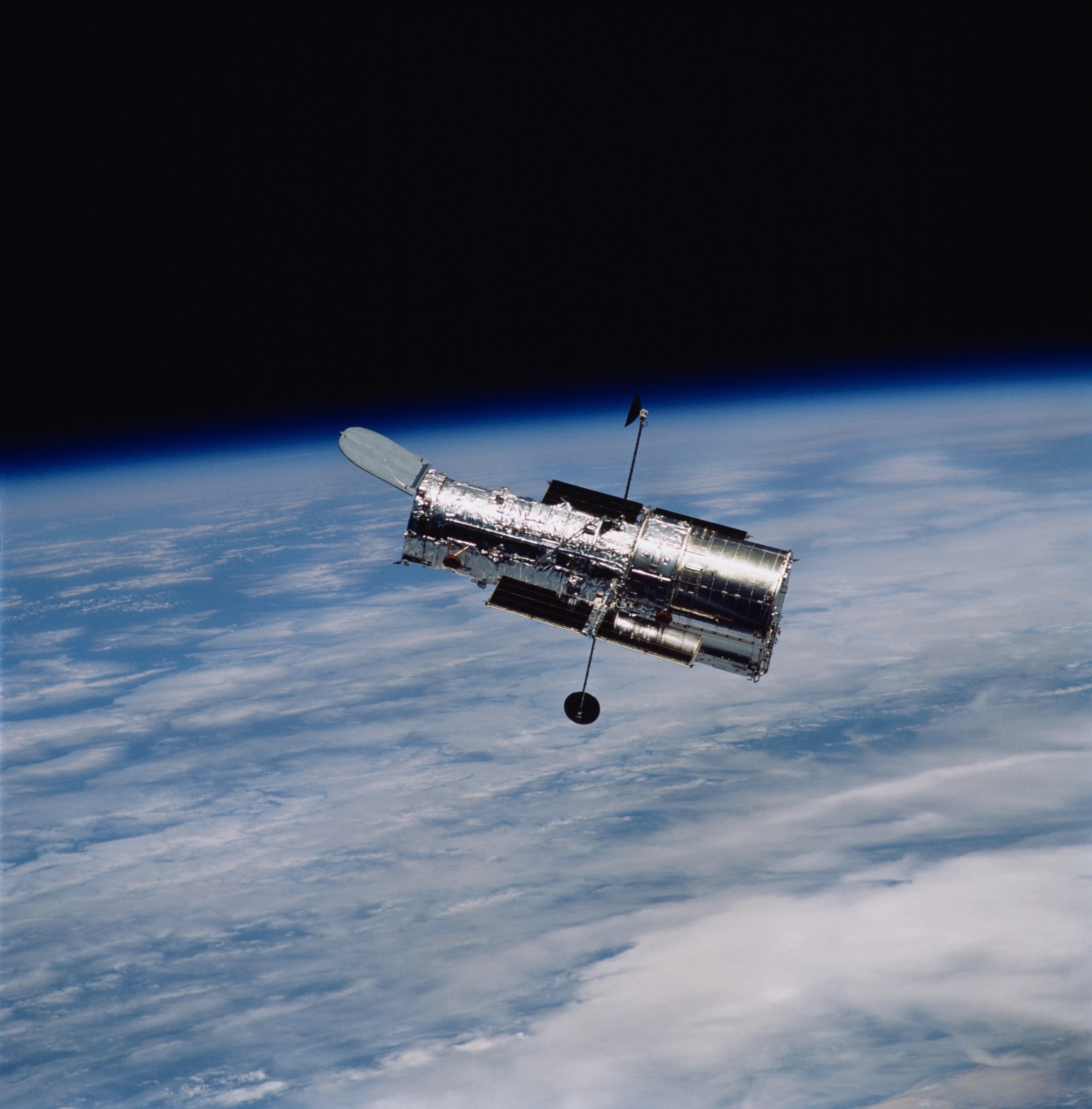Featured News
Hubble's Night Sky Challenge
Do you have a telescope? Would you like to see some of the same night sky objects from the ground that Hubble has seen from space? We invite you to commemorate the Hubble Space Telescope’s 35th anniversary by accepting our yearlong stargazing challenge!
Start Exploring about Hubble's Night Sky Challenge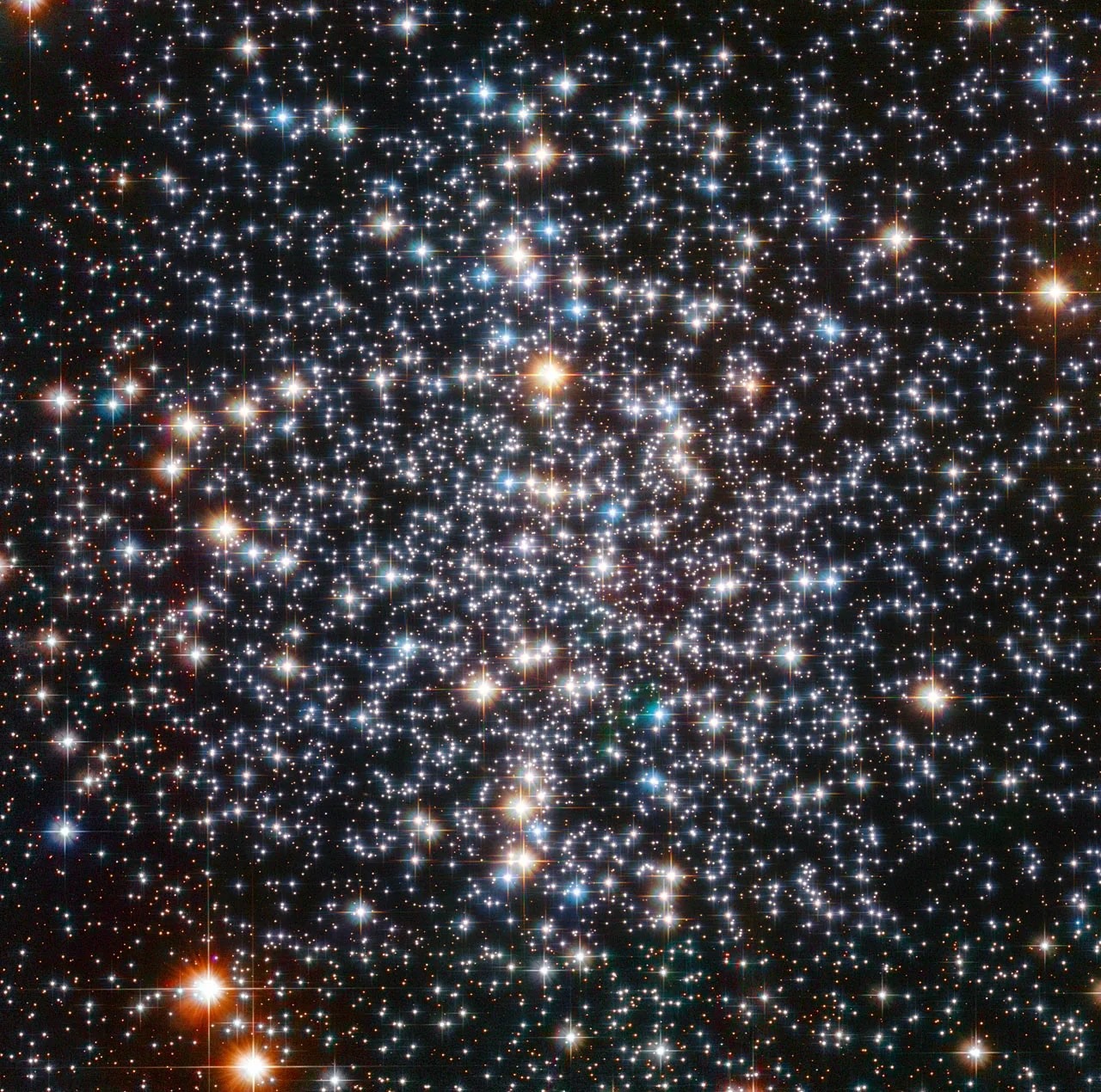
Solar System Exploration
Today
Image Of The Day
Working in Space
NASA astronaut and Expedition 73 Flight Engineer Jonny Kim works inside the SpaceX Dragon cargo spacecraft completing cargo operations before it undocked from the International Space Station’s Harmony module several hours later.
More NASA Images
Explore the Universe from your Inbox
Stay up-to-date on the latest news from NASA–from Earth to the Moon, the Solar System and beyond.
We will never share your email address.

Earth Information Center
Explore our changing planet
For more than 50 years, NASA satellites have provided data on Earth’s land, water, air, temperature, and climate. NASA’s Earth Information Center allows visitors to see how our planet is changing in six key areas: sea level rise and coastal impacts, health and air quality, wildfires, greenhouse gases, sustainable energy, and agriculture.
Earth Science about Explore our changing planet

